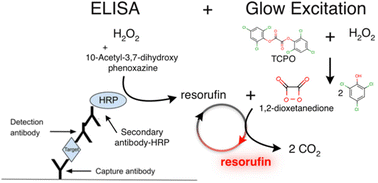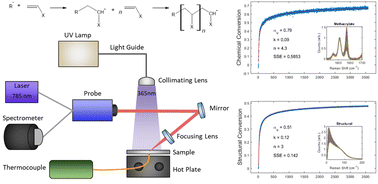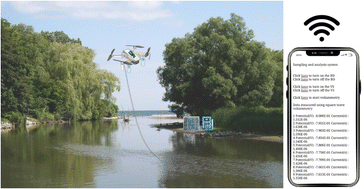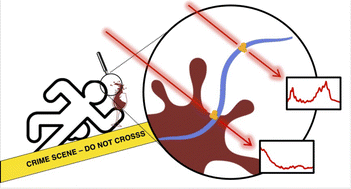Analyst, 2023, Accepted Manuscript
DOI: 10.1039/D3AN01267K, Paper
DOI: 10.1039/D3AN01267K, Paper
 Open Access
Open Access This article is licensed under a Creative Commons Attribution-NonCommercial 3.0 Unported Licence.
This article is licensed under a Creative Commons Attribution-NonCommercial 3.0 Unported Licence.Maryam Darestani-Farahani, Fanqing Ma, Vinay Patel, Ponnambalam Ravi Selvaganapathy, Peter Kruse
The use of ion-selective electrodes (ISE) is a well-established technique for detection of ions in aqueous solutions but requires the use of a reference electrode. Here, we introduce a platform...
The content of this RSS Feed (c) The Royal Society of Chemistry
The use of ion-selective electrodes (ISE) is a well-established technique for detection of ions in aqueous solutions but requires the use of a reference electrode. Here, we introduce a platform...
The content of this RSS Feed (c) The Royal Society of Chemistry





